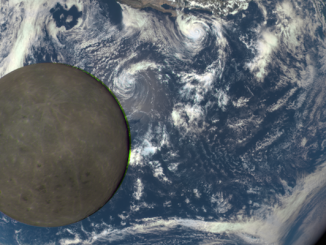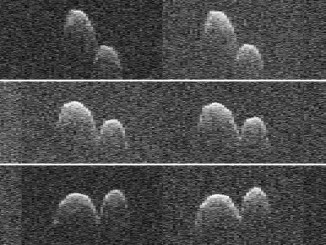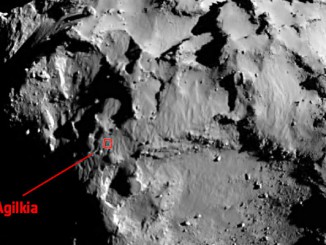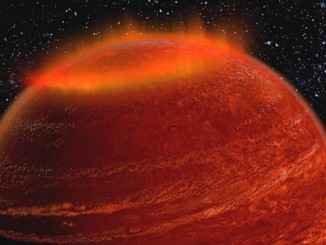
News


Large galaxies’ appetite for growth revealed in streams of stars
An international team of astronomers has used a highly sensitive instrument on one of the world’s largest telescopes to witness a dominant galaxy, Messier 81 in Ursa Major, ingesting the stars of its near neighbours. The gravitational pull of M81 was shown to distort the shapes of adjacent galaxies, pulling their stars into long tails in a process called tidal stripping.

Neutron star takes on black holes in jet contest
A team of scientists in Australia and the Netherlands has discovered powerful jets blasting out of a star system known as PSR J1023+0038 that consists of a super-dense neutron star in a close orbit with another, more normal star. It was previously thought that the only objects in the universe capable of forming such powerful jets were black holes.

Tracking a mysterious group of asteroid outcasts
High above the plane of our solar system, near the asteroid-rich abyss between the orbits of Mars and Jupiter, scientists have found a unique family of space rocks. These interplanetary oddballs are the Euphrosyne (pronounced ew-FROZ-i-nee) asteroids, and by any measure they have been distant, dark and mysterious — until now.



Philae’s descent to comet 67P
Recently released images compiled into a movie show the descent of the European Space Agency’s Philae lander to its first touchdown site, Agilkia, on Comet 67P/Churyumov–Gerasimenko on 12 November 2014. The image sequence starts just over two miles from the comet, and the final image is from just 9 metres above the landing site.

First detection of element lithium from an exploding star
The chemical element lithium is predicted to have been created by the Big Bang, 13.8 billion years ago. Observations of Nova Centauri 2013 show that lithium has been found for the first time in material ejected by a nova, helping to explain the mystery of why many young stars seem to have more of this chemical element than expected.


“Failed stars” host powerful auroral displays
Brown dwarfs are relatively cool, dim objects that are too massive to be planets, yet they are too small to sustain hydrogen fusion reactions. By observing a brown dwarf 20 light-years away, researchers have found another feature that makes these so-called failed stars more like supersized planets — they host powerful aurorae near their magnetic poles.
